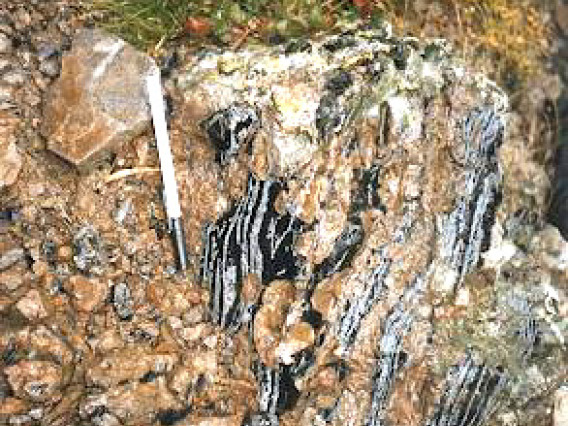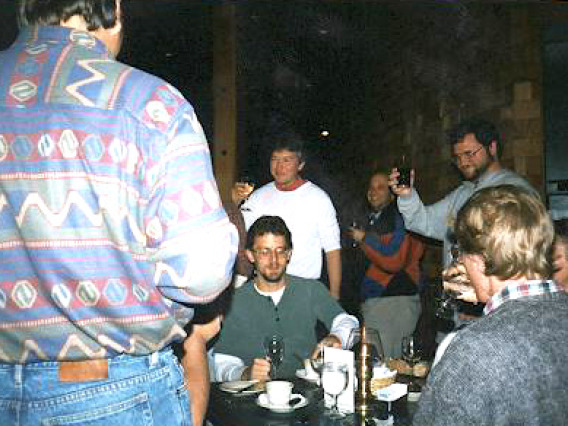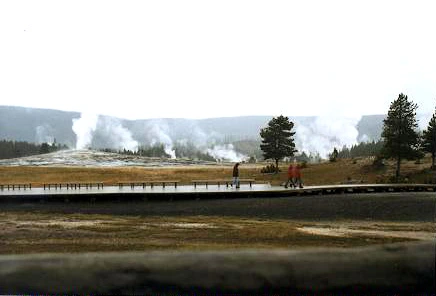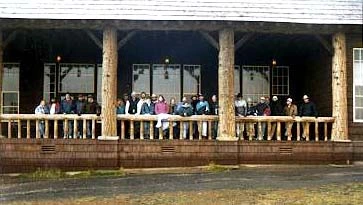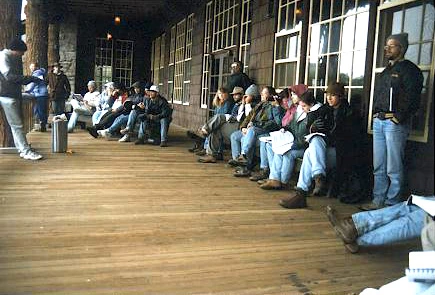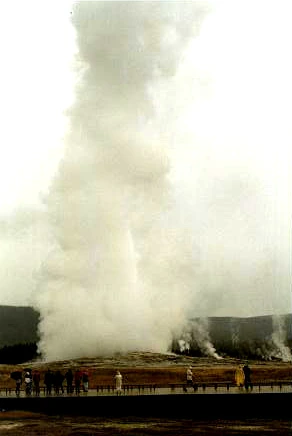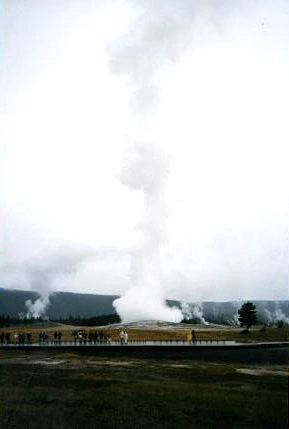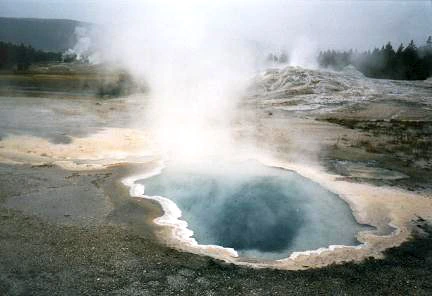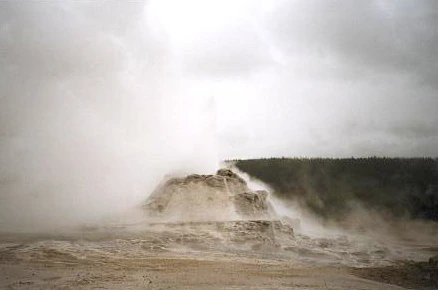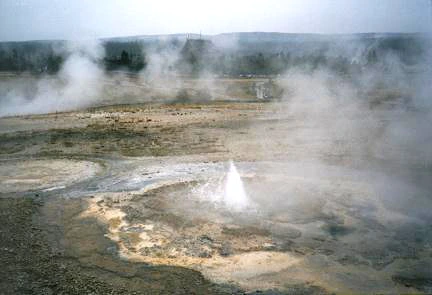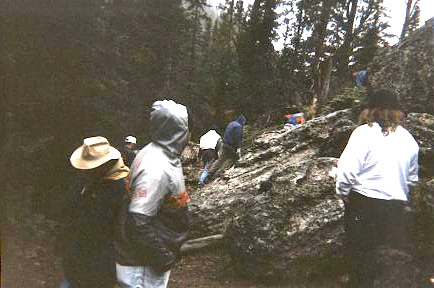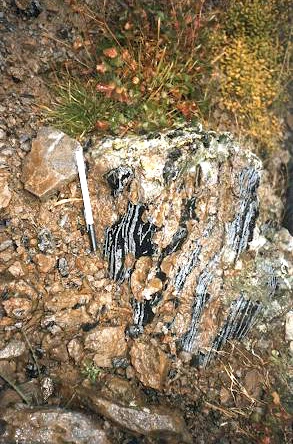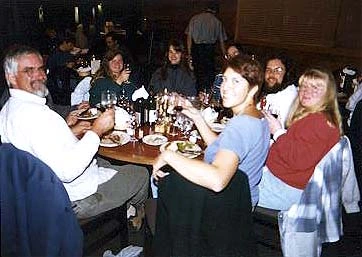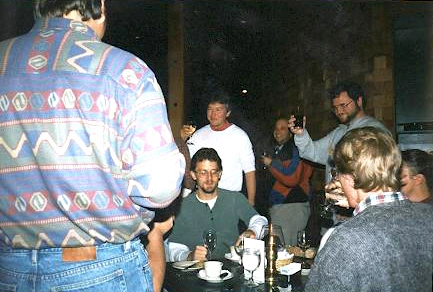Old Faithful Basin, Obsidian Cliff, Black Sand Basin, and dinner at Grant Village
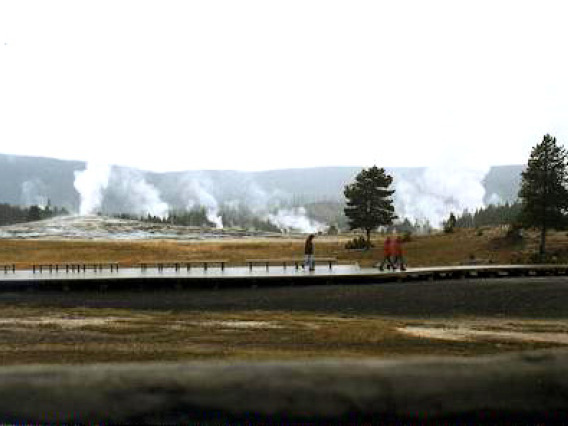
Our primary destination on Day 5 was Old Faithful Geyser Basin, home to the most famous geyser in the world.
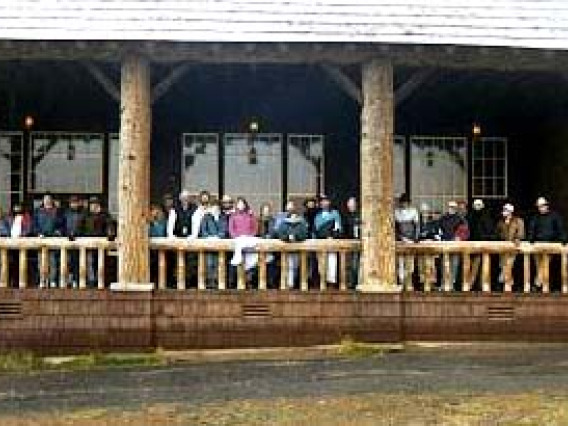
The basin also includes Geyser Hill, with a nice walking path throughout a maze of smaller geysers and pools. Unfortunately for us, it was cold, grey and rainy throughout the day.
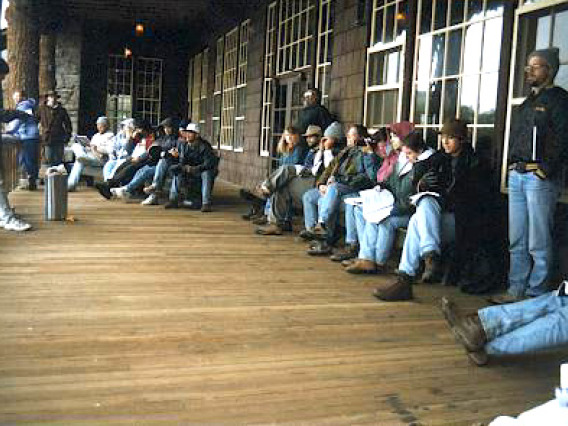
We huddled on the porch of the Old Faithful lodge to talk about the physics of geysers and some of the research that's been done on these interesting phenomena.
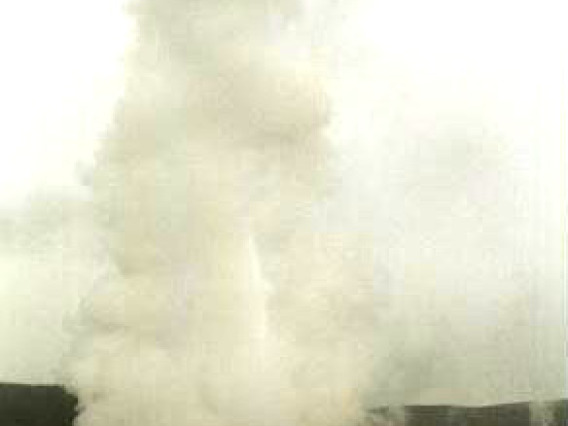
Old Faithful is a periodic geyser, meaning it erupts on a more-or-less predictable schedule. The time between eruptions is determined by the discharge volume and length of the previous eruptions.

The park researchers have developed an empirical formula for determining eruption times that is accurate to about +/- 5 minutes. We got to see Old Faithful erupt several times while in the area.
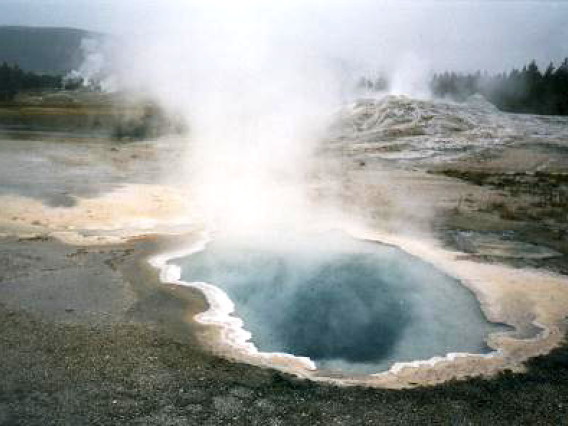
Geyser Hill is the largest concentration of geysers and pools in the world. Blue Pool, an extremely deep and hot spring. The blue comes from dissolved minerals in bacteria-free water.
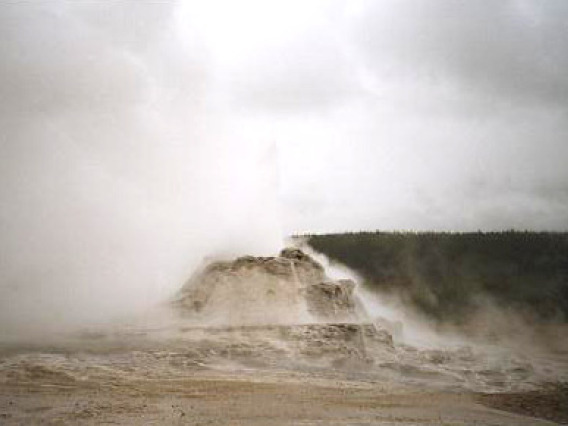
Castle Geyser has a well-developed sinter cone built up around itself. During particularly violent eruptions, it has torn pieces of its cone away, giving the top of the cone a battlement-like appearance, hence the name.
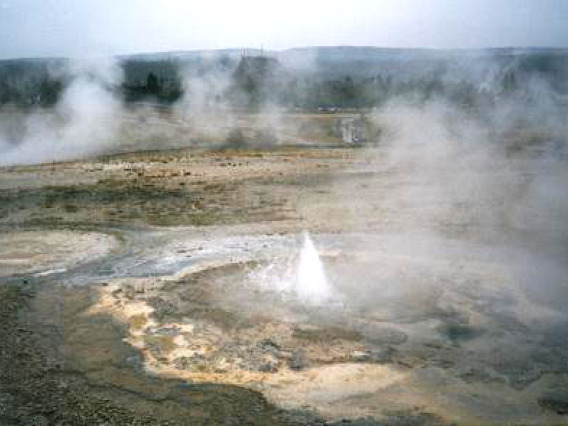
Echinus Geyser is a small geyser in a pool where the sinter is encroaching in a spiky pattern. It erupts about every 5 minutes like a small fountain.
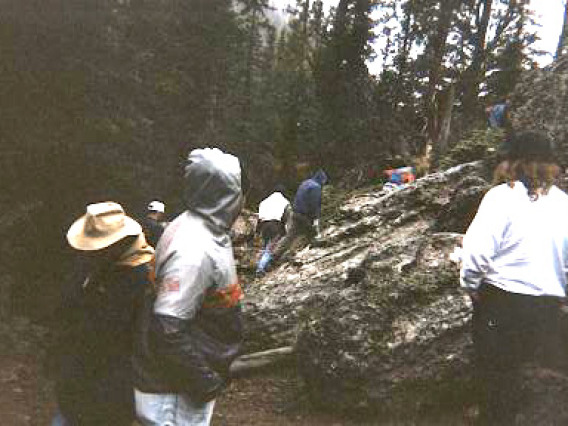
We decided to visit Obsidian Cliff despite the rain. Here, fast-erupting lava from the Yellowstone volcanic era was quenched into a wall of obsidian glass. The obsidian is slowly but surely devitrifying into rhyolite. We climb around on the cliff site looking for the streaked, glassy mineral.
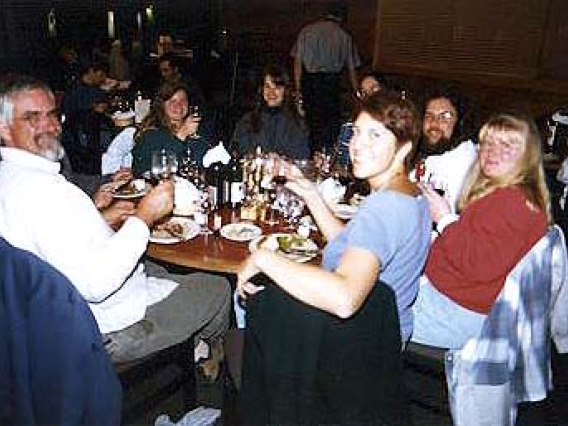
After a day of being cold and wet, not many people were in the mood to cook dinner at the campsite, so we took some hot showers and headed to a fancy dinner at the Grant Village Lodge.


